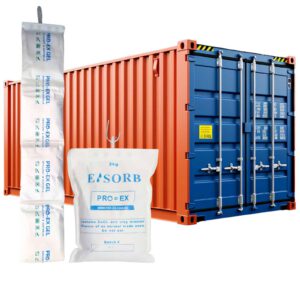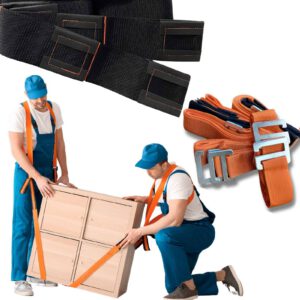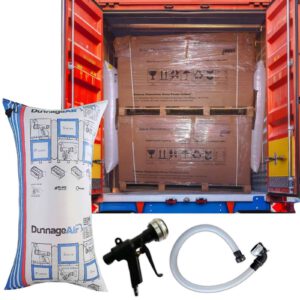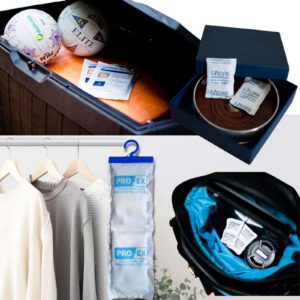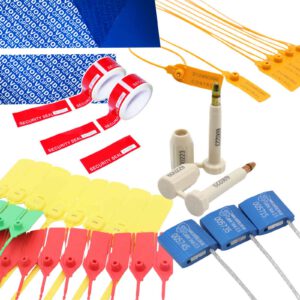Smaller straps or tie-down webbing can be used alone, but lifting straps designed for furniture and appliances usually require two people for safe and balanced lifting.
The best choice depends on the task. Shoulder and wrist lifting straps are ideal for moving household items, while ratchet tie down kits and heavy-duty webbing are better for securing cargo during transport.
When used correctly, removalist straps are designed to minimise damage by lifting items clear of floors and doorways. Using straps can prevent dents, scratches, and scuffs often caused by dollies or dragging.
Yes. Removalist straps are designed for multiple uses, provided they are inspected regularly for fraying, cuts, or weakened stitching. Replace straps if there are any signs of damage.
Store straps in a clean, dry area away from direct sunlight and chemicals. Rolling or folding them neatly prevents tangling and prolongs their life.
Many straps, especially ratchet tie downs and restraint webbing, are manufactured to meet Australian and international load restraint standards. Always check the product description for compliance details.
Removalist straps are designed to make lifting, moving, and securing heavy or bulky items easier and safer. They help reduce strain on the back and arms while protecting furniture, appliances, and cargo from damage.
Yes. When used correctly, removalist straps promote proper lifting posture and reduce the risk of injury. Always follow the manufacturer’s instructions and use straps with a partner for heavy or bulky items.
Most removalist straps are made from durable webbing such as polyester, polypropylene, or polyamide. These materials are strong, lightweight, and resistant to stretching, moisture, and wear.
Weight capacities vary depending on the strap type. Some shoulder or wrist lifting straps can support 200–250 kg, while heavy-duty webbing used in tie-downs can handle much higher breaking strengths (up to 1600 kg). Always check the product specifications.


